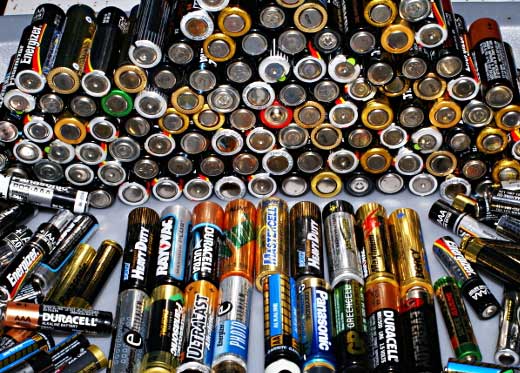Energy density is the one thing you should be thinking about, that you’re not. Energy density is the problem with pretty much everything you use, and fixing that problem is the solution to nearly all of our modern problems. If we could find a material with high energy density, that could release energy in a controlled and safe way… that would probably end hunger, war, and man-made climate change. It would also mean your phone could be thinner and lighter. But hey, whatever’s most important to you, dude.
What it is and how it’s measured
Energy density is pretty much what it says it is. It’s how much energy a material can store within a fixed space. One way to measure this is megajoules per liter. Most Americans hate the metric system so I’ll back up a little bit and explain.
Joules
A joule is the amount of energy it takes to produce one watt of power for one second. While that probably doesn’t put it into touchy-feely terms, at least you’ve heard of watts since it’s how we measure light bulbs. (And, if you want to get even fancier, it’s one volt at one amp.) A megajoule is 1,000,000 joules.
In America we tend not to use megajoules, we tend to talk instead about kilowatt-hours. I don’t know why this is but I have a feeling it has to do with the large power companies. At any rate, one megajoule is .28 kilowatt-hours. So, if you had old-school 60 watt bulbs, it would be almost enough to power 5 of them for an hour. It’s also enough to push an electric car about a mile on flat pavement.
Liters
A liter is a measure of volume. It’s the volume of a space 10cm x 10cm x 10cm. Since Americans don’t know what centimeters are either, here’s something you can wrap your head around. A liter is the big bottle of soda you drink yourself (not the big one you share.) Or, it’s about the same size as a quart give or take.
Potential energy
Energy density really has to do with potential energy. Potential energy is the energy something has before you release it. Releasing it can be pretty easy, if you’re talking about a battery. A battery is nothing more than a lump of something that releases its electrical energy really easily. On the other hand, gasoline’s potential energy has to be released by exploding it. Antimatter, the material with the greatest potential energy in the universe, releases its energy really easily but making antimatter turns out to be extremely hard.
Three important measures of energy density
Here are three measurements you might want to be aware of. Even if you don’t commit them to memory, just understanding the difference is pretty important.
The energy density of coal is 38MJ/L.
The energy density of gasoline is 34MJ/L.
The energy density of a typical rechargeable battery is 2.5MJ/L.
Right there you can see why we can’t all run our homes on solar and drive electric cars. It takes well over 10 times the space to store the same energy in a battery. Every time we talk about getting rid of coal or oil, we run into this same problem.
Creating energy discharge
Any time we release the potential energy from something, we call that discharge. Sometimes we release kinetic energy such as when the blast from exploding gasoline pushes a piston. Sometimes it’s radiation, like when coal burns and makes air heat up which heats water and turns turbines. Or, it could be electrical energy like when a battery connects to a phone or anything else.
There are two problems when you’re talking about energy discharge. Generally, the most efficient way to discharge energy is to release it as electricity. Unfortunately, you can’t just convert gas or coal into electricity without a lot of waste from heat and pollution and resistance. This means you can’t have a coal-powered phone, even though it wouldn’t take much coal to do it. When there’s waste, there’s a problem.
The other problem is energy creation. It doesn’t cost much to mine coal. Yes you have to dig it up but it’s pretty much ready to go when you do. Gasoline takes refinement from raw petroleum and other additives. Batteries are the hardest to make because first you have to make the battery and then you have to actually fill it with energy. The energy density of the materials in a battery isn’t that high by itself.
So… bottom lining it…
Right now the problem is this.
- You can get a material with high energy density by plucking it out of the ground, but it doesn’t discharge energy cleanly.
- You can get a material that discharges energy cleanly, but it’s hard to make.
And you can’t have a material that discharges energy cleanly that you can pull out of the ground. The closest would be water. By itself, water has a density of about .25MJ/L as it passes through a generator, but there are a lot of liters of it. So that works for large scale stuff but not for phones.
If we could solve this problem, if we could create a material easily that stored a lot of energy, most of our problems would be over. In the meantime, most of the research today is on creating batteries with higher energy densities. Yes, they’re hard to make, but you only have to make them once and then you can charge and discharge them over and over. Of course you still have to make the energy that you use to charge the battery, but hey, one problem at a time.





